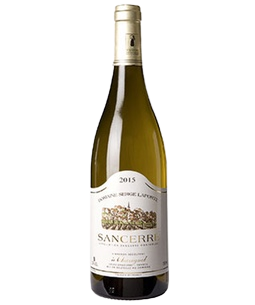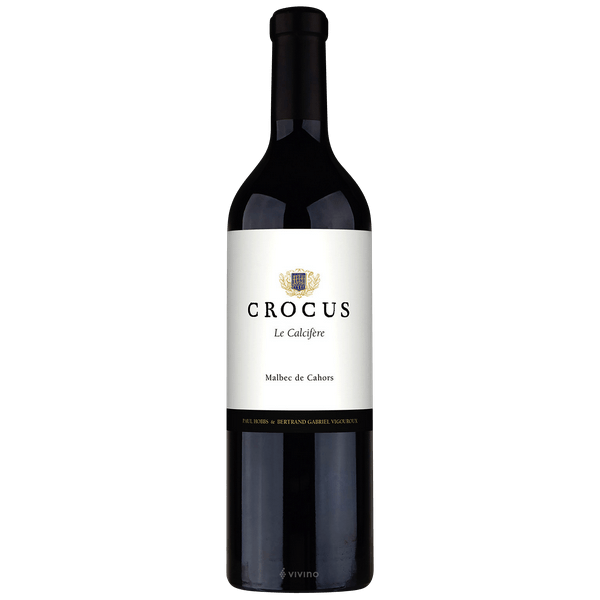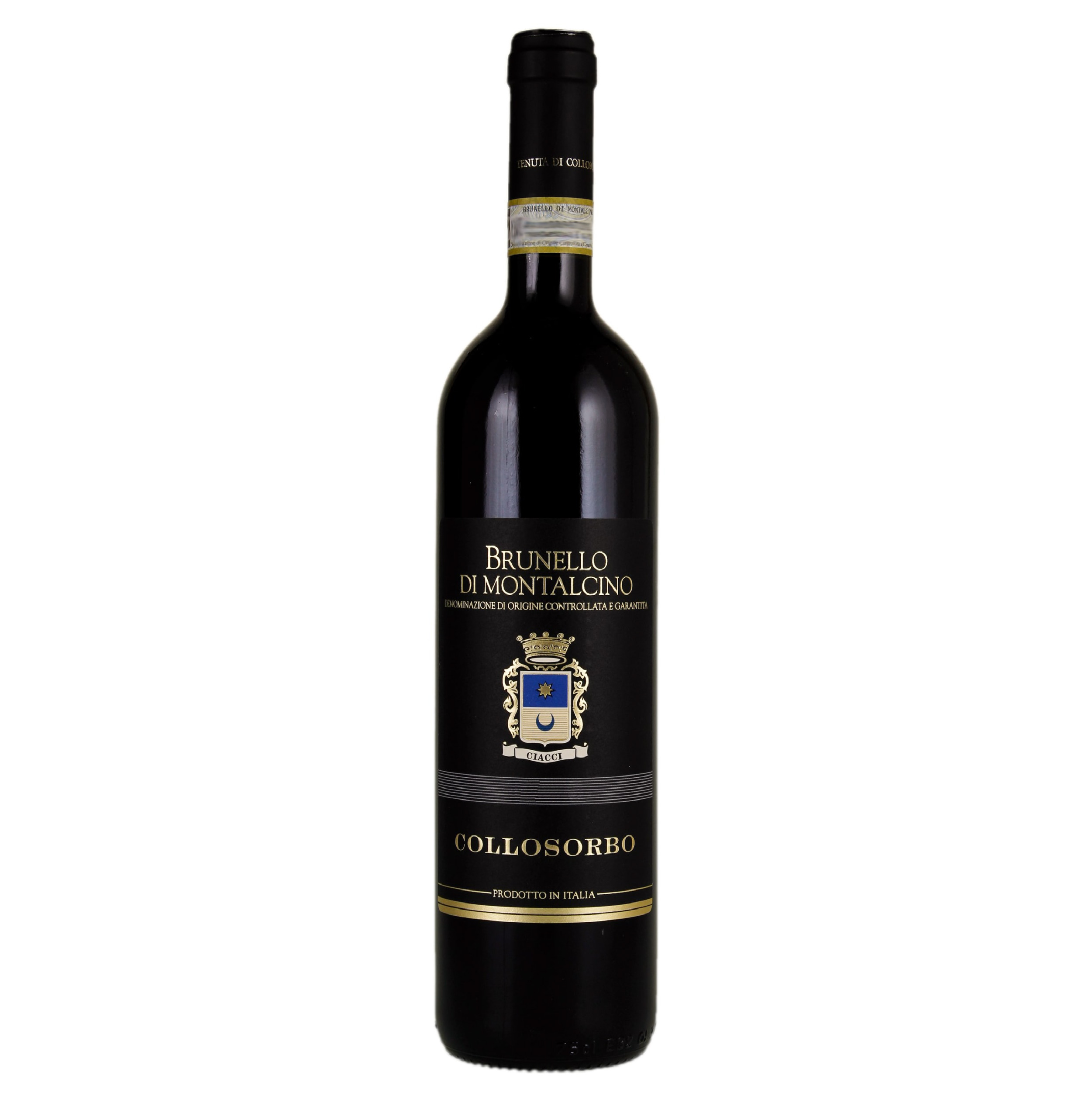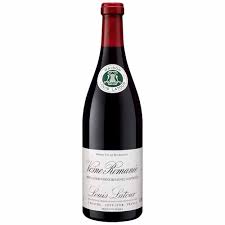-
×
 2022 Domaine Serge Laporte Sancerre Blanc 750ML
1 × $32.99
2022 Domaine Serge Laporte Sancerre Blanc 750ML
1 × $32.99
2017 Crocus Malbec Le Calcifere
2017 Crocus Malbec Le Calcifere An intensely dark wine with touches of fuchsia on the rim. This generous 2017 Malbec brims with aromas of black and red cherry, blueberry cheesecake and spice box. The palate is concentrated and bright, cascading with focused flavors of brioche, fresh red plum, dark chocolate and nutmeg supported by fine-grained tannins.
Malbec
Malbec is a black-skinned grape variety native to South West France (specifically the area around Cahors), but now better known as the iconic wine grape of Argentina. Through its success in the vineyards of Mendoza, in a few short decades Malbec has shot from relative obscurity to international fame, simultaneously bringing newfound attention and respect to Argentina as a wine-producing nation. Malbec typically ripens midway through the growing season and produces small, intensely colored grapes. As it is so sensitive to its growing environment, the level of ripeness has a considerable effect on the structure of the eventual wine. Broadly speaking,
French Malbec tends to be more meaty, rustic and tannic, while examples from Argentina seem to be uniformly rich, ripe, jammy and juicy. On both sides of the Atlantic, Malbec wines are generally aged in oak to enhance the wine’s structure and aging potential. In France, Malbec is the flagship grape of Cahors. It must constitute a minimum of 70 percent of any AOC Cahors wine, accompanied by rich, round Merlot and rustic, tannic Tannat. It is also a common ingredient in red wines from Bordeaux, as a constituent of the classic Bordeaux Blend.
In both of these regions the variety has traditionally gone by its local name – Côt – but, due to the success of Malbec in Argentina, it is increasingly known by this more internationally recognized name. In the Loire Valley, Malbec is blended with Cabernet Franc and Gamay, sometimes as part of a sparkling Saumur wine. The 20th Century presented some significant setbacks for Malbec as a vine variety. Its importance in Bordeaux was significantly reduced after the great frost of 1956, which killed off many of the region’s oldest vines. In the years following this, most vignerons chose to replant their vineyards not with Malbec, but with more reliable, economically viable varieties such as Merlot.
Related products
$21.99
Wine from California, United States
Deal
Wines!
Wines!
Save 34% Insider Wine 91pts JS




